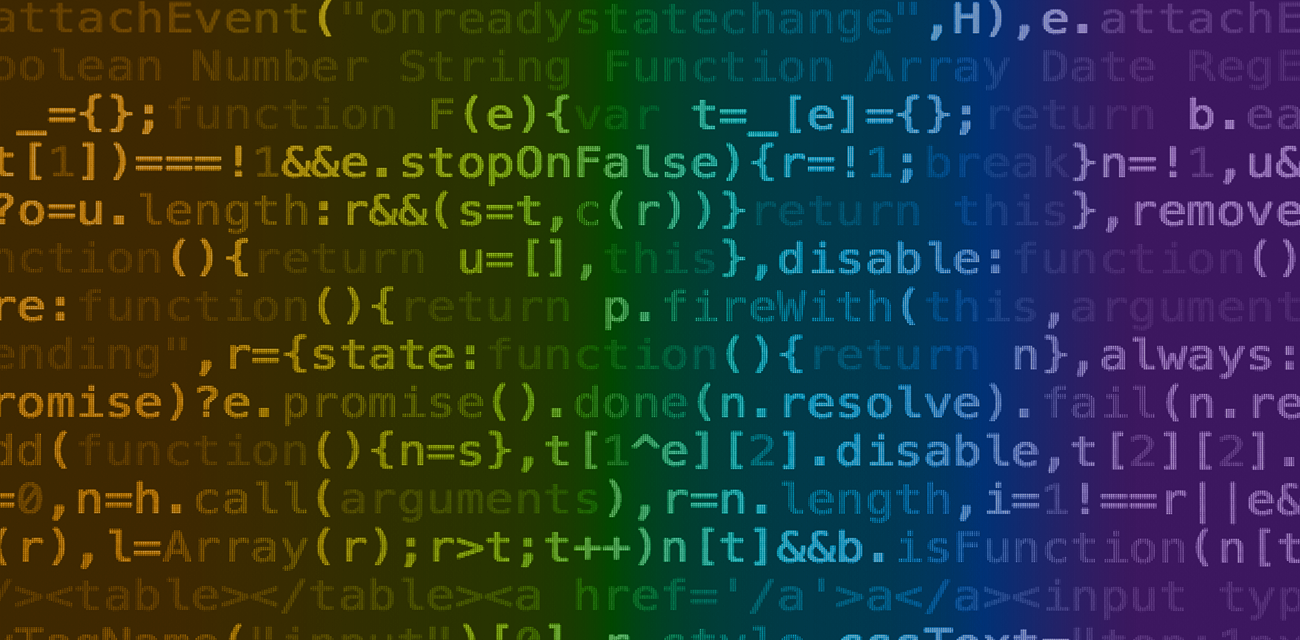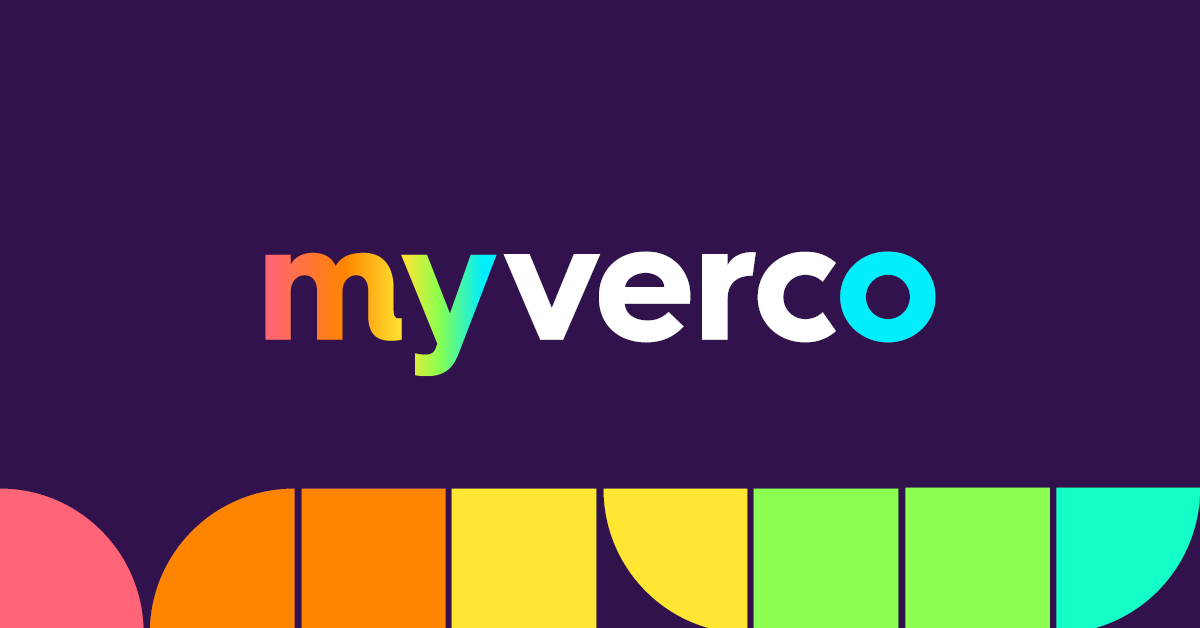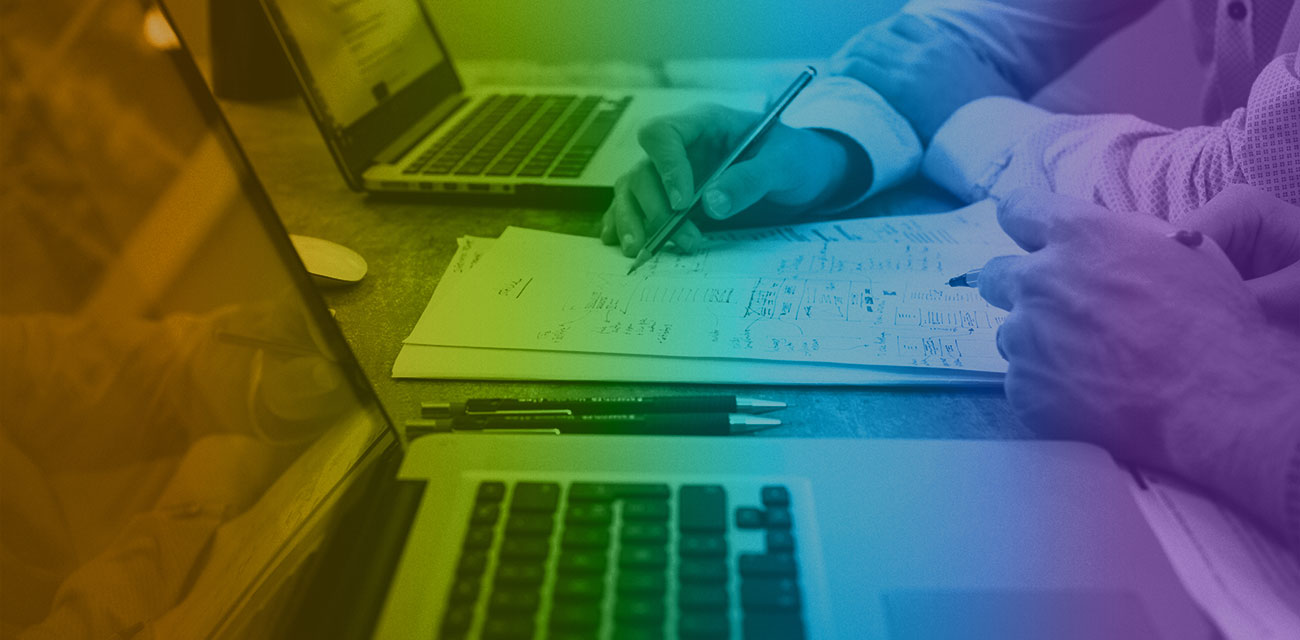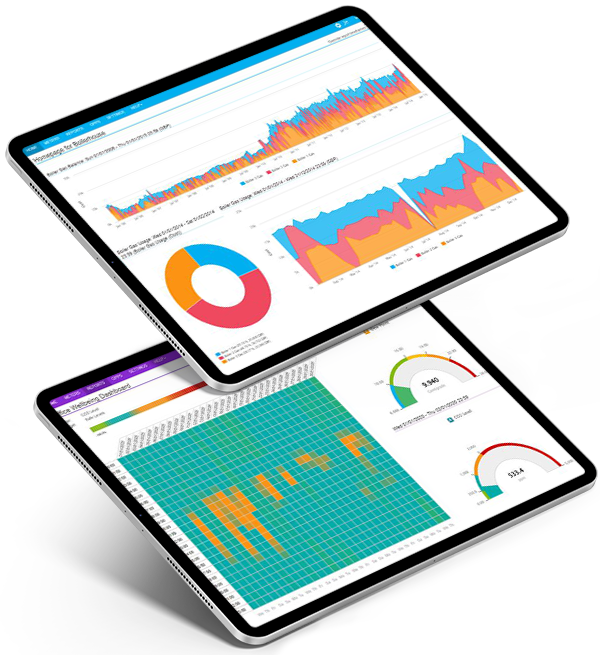There are many benefits from using data collection systems in manufacturing, including the ability to find great opportunities for energy savings, create meaningful KPIs, and track project impact. Most sites have a data collection system, but we find that some are not well tailored to the needs of the business. We interviewed Oliver Brown, Senior Consultant at Verco to understand more about what a good data collection system looks like and how to ensure that it is reaching its full potential.
Do you have an example of a good data collection system?
A good, well thought out, data collection system will allow you to bring together several different data streams. For example, over the last 2 years, we’ve been supporting a South-West based drinks company with re-establishing a reliable data collection system.
They have created detailed KPIs that allow them to review the performance of their process lines. With visibility over each line’s electricity, water, and steam demand they have been able to identify saving opportunities. The data collection system also supports the calculation of the savings opportunities.
How easy is it to set up data collection systems that are suitable for your business?
Without knowing it, a manufacturing site may already have several great sources of data. It’s possible to extract data from almost anywhere! We’ve been able to collect data from Production Systems, Building Management Systems (BMS), Effluent Plants, Boilers, Variable speed drives (VSDs) and other key bits of equipment around site.
How do you tailor Data collection systems to needs of a business?
We recommend that this is done in three stages, stage 1 and 2 allow us to create a tailored solution, while providing value for money and meeting the budget set.
Stage 1
The first stage is understanding what metering and systems are already in place. Lots of businesses already have a plethora of metering that isn’t being utilised. We can also look to extract data from BMS systems, effluent plants and production platforms.
Utilising existing metering helps keep the project cost-effective. We could investigate this remotely if there is enough and clear site knowledge of the available systems to keep initial data integration costs low.
Stage 2
Once we understand the current systems, we work with the business to identify key areas for metering. Each business has unique goals and areas of focus which need to be understood to create a tailored solution. For example, there might be a concern about water consumption or a need to understand boiler house efficiencies. Typically, this would be done through our on-site Utility Distribution Mapping service which aims to map out the key relationships between users and propose a cost-effective and staged data collection / metering strategy.
Stage 3
With the data collection system in place, we can further tailor the Carbon Desktop site to meet the business’ needs. We can create unique structures, reports and targets.
Once a data collection system is in place, how much management is needed to ensure it’s running smoothly?
Once your data collection system is up and running it should mostly look after itself.
Saying that, obviously, accidents happen, and equipment fails, so it’s worth checking in every now and then to review the system’s health.
For this reason, we build automatic data health checks into the systems we help install.
Most data collection systems are flexible. Once in place, a system can be easily expanded, for example, if you are buying any new equipment, you can integrate it into your existing data collection system.
How does Carbon Desktop help to integrate data collection systems?
Unlike other providers, Carbon Desktop is technology agnostic, meaning – Your Data, Your Way!
Carbon Desktop can assimilate and visualise a range of data from a variety of sources, using a range of hardware devices, irrespective of data source.
Recently, we used Carbon Desktop for a food factory in the South West to pull together data from their existing metering, production management system, effluent plant and their building BMS.
Carbon Desktop then allowed us to visualise the data and create KPIs for production managers to review production line performances.
Carbon Desktop can even export data to help build or power your internal reporting platforms for example PowerBI.
What does best practice look like?
The first step towards best practice is having a robust and high-quality data collection system
i.e an energy management platform which brings together a variety of data sources. This gives the best picture of the business’ utility consumption at both high level and in granular detail. The platform should also allow different stakeholders to easily access the data they need.
The best Metering solution for you
Automated reporting allows you to easily track scope 1 and 2 emissions against targets and verify results of implemented projects. Our hardware agnostic approach means we give independent advice on the best metering solution for you. Find out more with our Metering, tracking and verification – Scopes 1 & 2 Service.
Alternatively book a call with one of our team who will be able to walk you through Carbon Desktop and show you how it can meet your needs:
If you have any questions please contact us:





